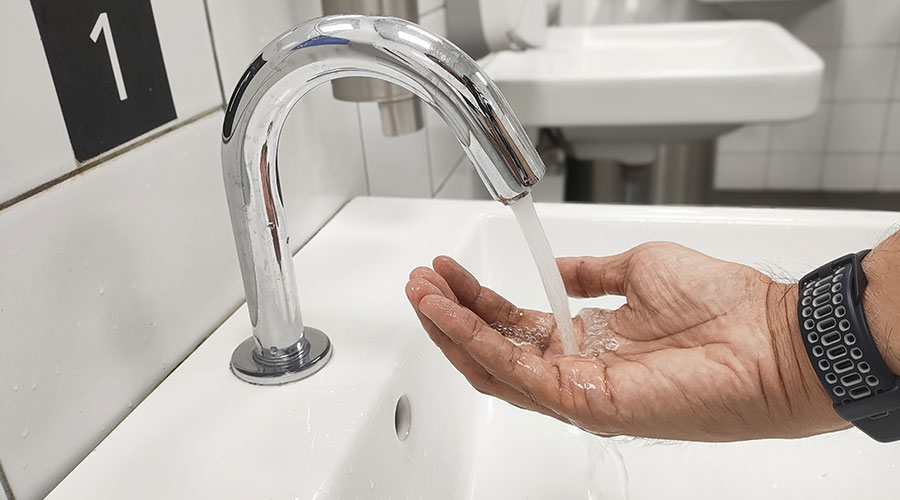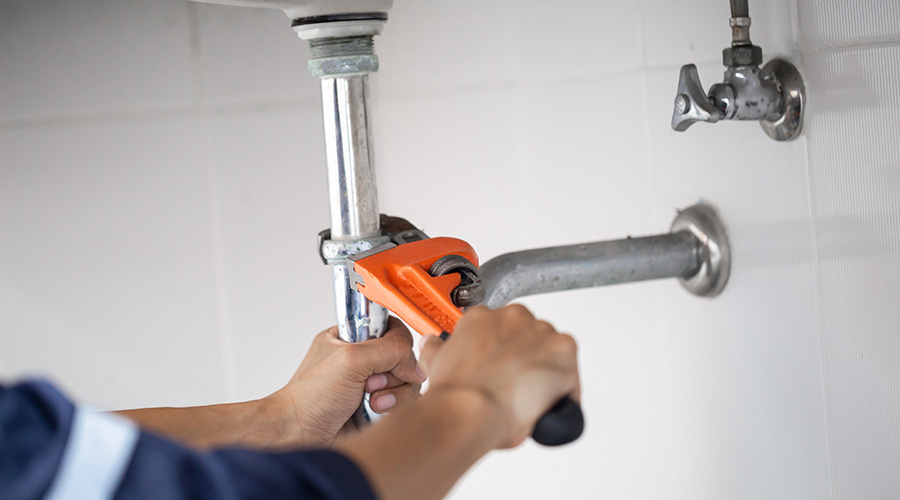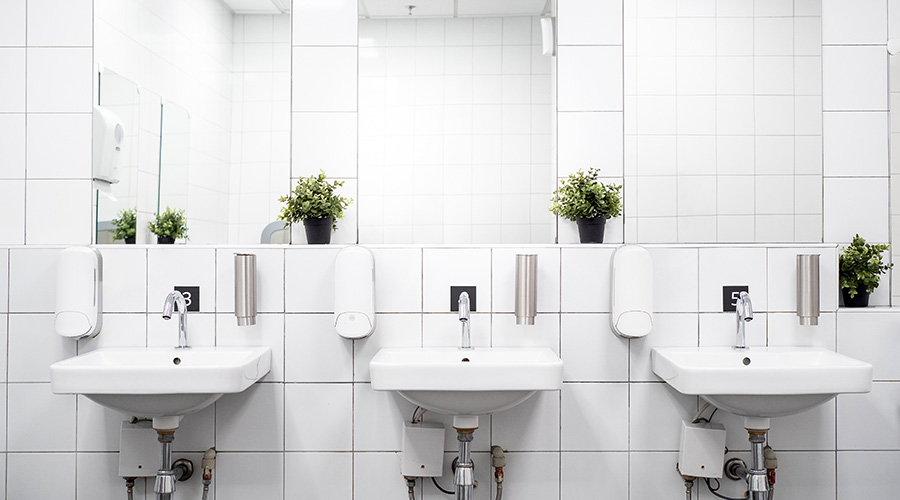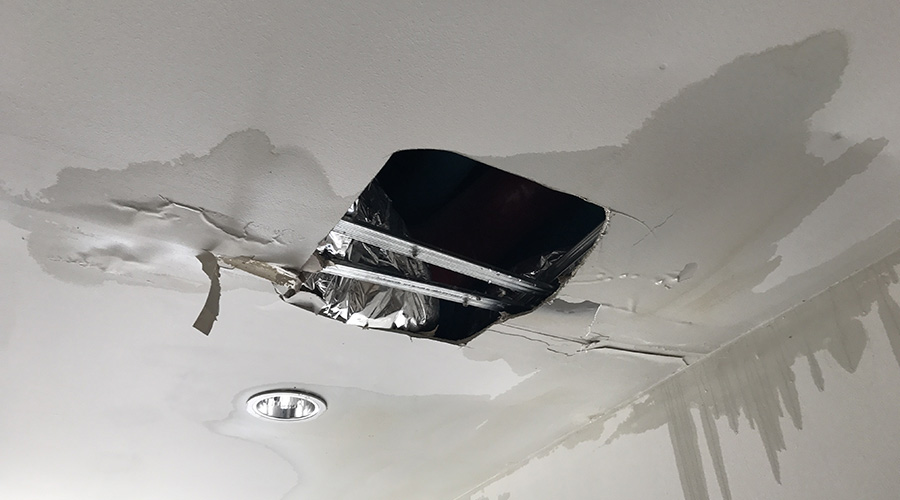How Do Waterless Urinals Work?
Typically, the bodies of waterless urinals are constructed of vitreous china or porcelain, similar to standard flush urinals. Most waterless units use a liquid sealer and rely on a density differential between the sealant and the liquid waste. The sealant is less dense than water or urine, which pass through the sealant. The sealant creates a barrier between the liquid waste and the urinal bowl.
Liquid-seal urinals feature two different designs: cartridge and integrated drain trap.
The cartridge design uses various types of disposable cartridge inserts that fit into the custom-designed urinal base. The cartridge might simply slide into the base, or it might require a special tool for insertion and removal.
The cartridge typically contains a ½ liter of water and is topped with a liquid sealant. This cartridge collects sediment and directs the flow of liquid waste to the drain while blocking odors.
The integrated-trap design does not use a cartridge. Instead, it uses a liquid sealant that separates the waste from the urinal bowl through a fixed basin trap or a trap built into the urinal body.
Yet another type of waterless urinal does not require a liquid seal to operate. This urinal uses a flexible silicone diaphragm or elastomeric, expanding check valve. Typically housed in a removable cartridge, the diaphragm or check valve allows liquid waste to pass through and then seals, preventing sewer gases from entering the restroom.
Related Topics:
















